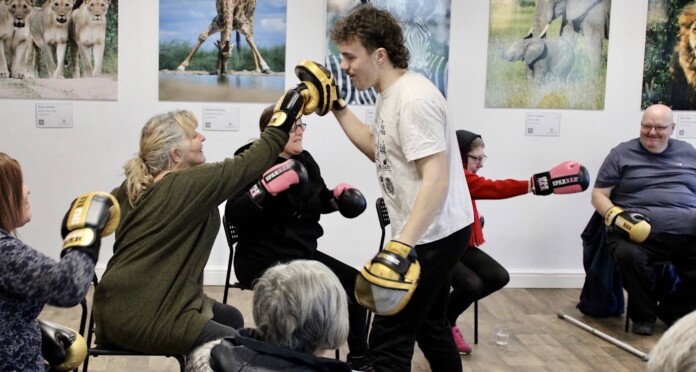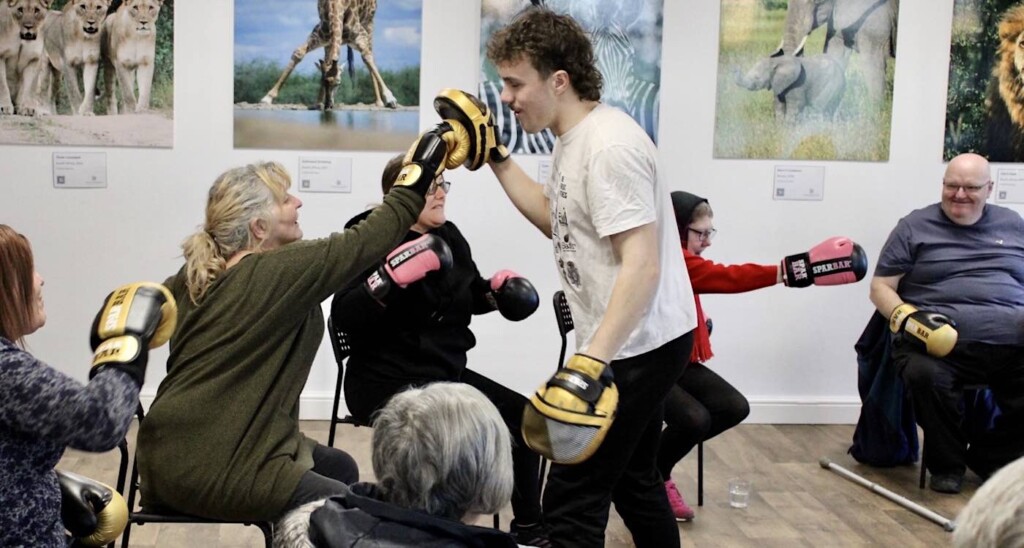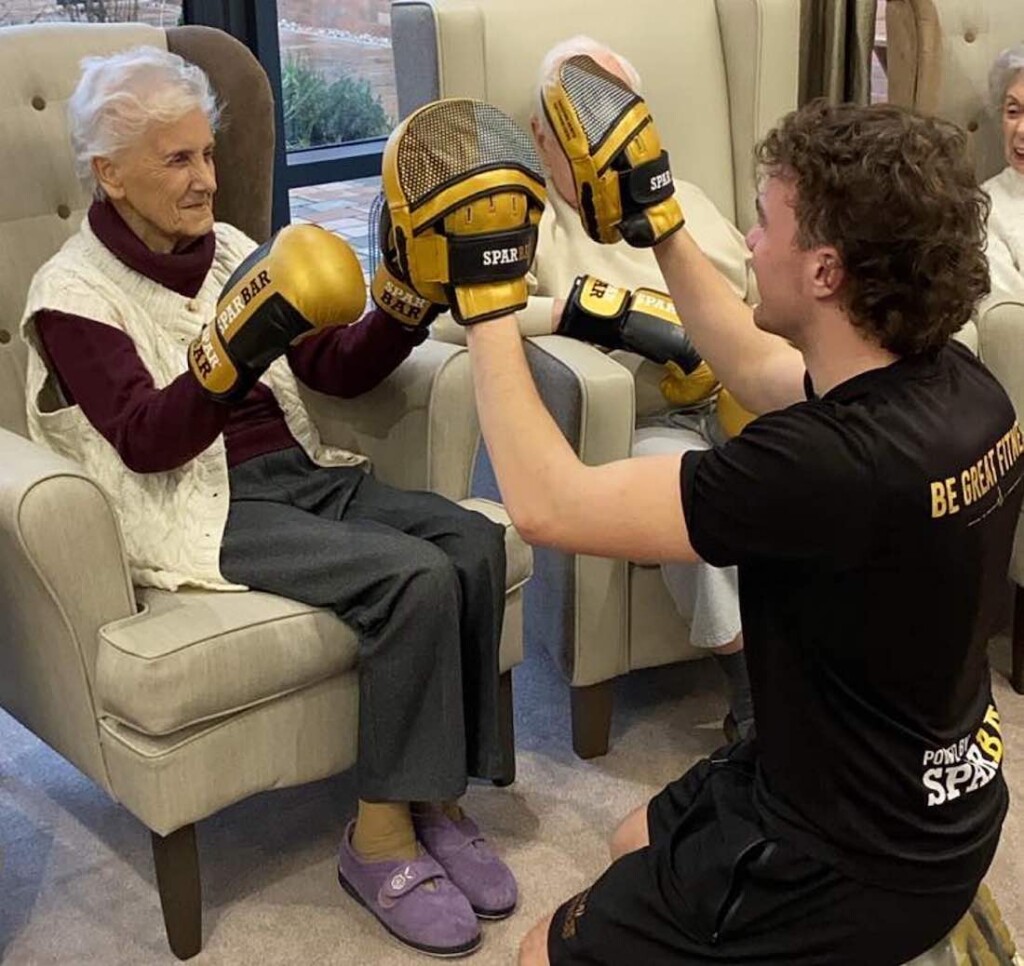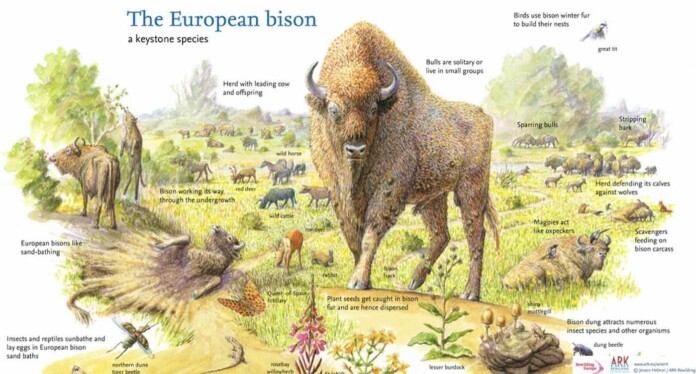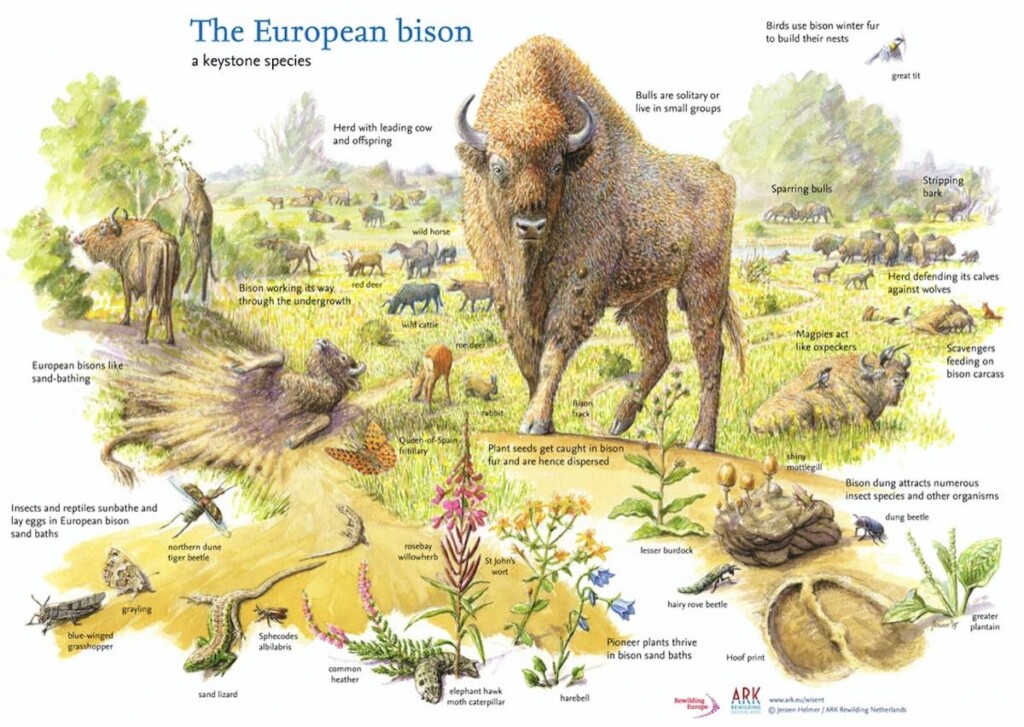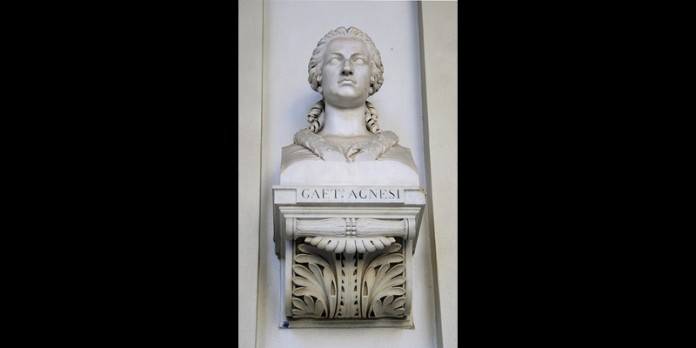
A poll of 2,000 adults found 43 percent believing that filmmaking has never been as good as it was in the 1980s— the era of big hair and leg warmers.
Dirty Dancing, Back to the Future, and E.T. were named the best 80s movies of the decade, according to the survey.
And there’s some cultural heft behind their top choices. The 1987 classic Dirty Dancing starring Patrick Swayze, for instance, won 12 awards after its release, including an Academy Award for Best Original Song, (I’ve Had) The Time Of My Life.
Top Gun, Die Hard, The Terminator, Raiders of the Lost Ark, and Star Wars: The Empire Strikes Back also appeared among the top ten best films named in the survey conducted by OnePoll.
Who were named the most iconic 80s stars? Arnold Schwarzenegger, Tom Hanks, and Tom Cruise.
The most influential directors named in the poll were—drum roll—Steven Spielberg, George Lucas and Ridley Scott.
“80s movies have some serious nostalgia power,” said a spokesperson for Lottoland.co.uk, which commissioned the survey to celebrate its range of new retro games.
“Many of the films on the list are popular with younger people who weren’t even around in that decade—and we’re even seeing the clothes and music coming back around, which I never thought I’d witness again.”
“They take you back to a time of big hair and even bigger movies.”

Today, studios have tried to cash in on the classics, releasing remakes of original films—like the 2011 version of Footloose, which only 3% in this poll believed was on par with the 1984 original starring Kevin Bacon.
WATCH: Bill Murray Stories of the Legendary Actor Randomly Dropping in on Regular Folks
This might be why 35 percent have encouraged their children to watch films directly from the 80s, and 66% feel passionate about keeping these films alive for future generations, agreeing with the claim, ‘they don’t make films like they used to’.
SWEET: When Keanu Reeves Sees Sweet Fan Sign Posted in a Yard, He Hops Out of Car to Leave His Autograph
Maybe you wish you could ‘turn back time” and relive the 80s all over again. Watching some of the films in the list below would be a great start….
TOP 40 BEST FILMS FROM THE 80s
1. Dirty Dancing (1987) – Directed by Emile Ardolino
2. Back to the Future (1985) – Directed by Robert Zemeckis
3. E.T. the Extra-Terrestrial (1982) – Directed by Steven Spielberg
4. Top Gun (1986) – Directed by Tony Scott
5. Die Hard (1988) – Directed by John McTiernan
6. The Terminator (1984) – Directed by James Cameron
7. Raiders of the Lost Ark (1981) – Directed by Steven Spielberg
8. Star Wars: The Empire Strikes Back (1980) – Directed by Irvin Kershner
9. Ghostbusters (1984) – Directed by Ivan Reitman
10. Aliens (1986) – Directed by James Cameron
11. The Goonies (1985) – Directed by Richard Donner
12. The Shining (1980) – Directed by Stanley Kubrick
13. Rain Man (1988) – Directed by Barry Levinson
14. Indiana Jones and the Last Crusade (1989) – Directed by Steven Spielberg
15. Airplane! (1980) – Directed by Jim Abrahams, David Zucker, Jerry Zucker
16. Star Wars: Return of the Jedi (1983) – Directed by Richard Marquand
17. The Blues Brothers (1980) – Directed by John Landis
18. Blade Runner (1982) – Directed by Ridley Scott
19. Fatal Attraction (1987) – Directed by Adrian Lyne
20. Gremlins (1984) – Directed by Joe Dante
21. The Karate Kid (1984) – Directed by John G. Avildsen
22. Batman (1989) – Directed by Tim Burton
23. Beetlejuice (1988) – Directed by Tim Burton
24. The Little Mermaid (1989) – Directed by Ron Clements, John Musker
25. Big (1988) – Directed by Penny Marshall
26. The Breakfast Club (1985) – Directed by John Hughes
27. When Harry Met Sally (1989) – Directed by Rob Reiner
28. Stand by Me (1986) – Directed by Rob Reiner
29. Scarface (1983) – Directed by Brian De Palma
30. Ferris Bueller’s Day Off (1986) – Directed by John Hughes
31. A Nightmare on Elm Street (1984) – Directed by Wes Craven
32. Who Framed Roger Rabbit (1988) – Directed by Robert Zemeckis
33. Beverly Hills Cop (1984) – Directed by Martin Brest
34. The Untouchables (1987) – Directed by Brian De Palma
35. The Color Purple (1985) – Directed by Steven Spielberg
36. Flashdance (1983) – Directed by Adrian Lyne
37. Lethal Weapon (1987) – Directed by Richard Donner
38. Full Metal Jacket (1987) – Directed by Stanley Kubrick
39. Platoon (1986) – Directed by Oliver Stone
40. The Princess Bride (1987) – Directed by Rob Reiner
SHARE THE LIST With Friends And Promote Your Faves On Social Media…





















